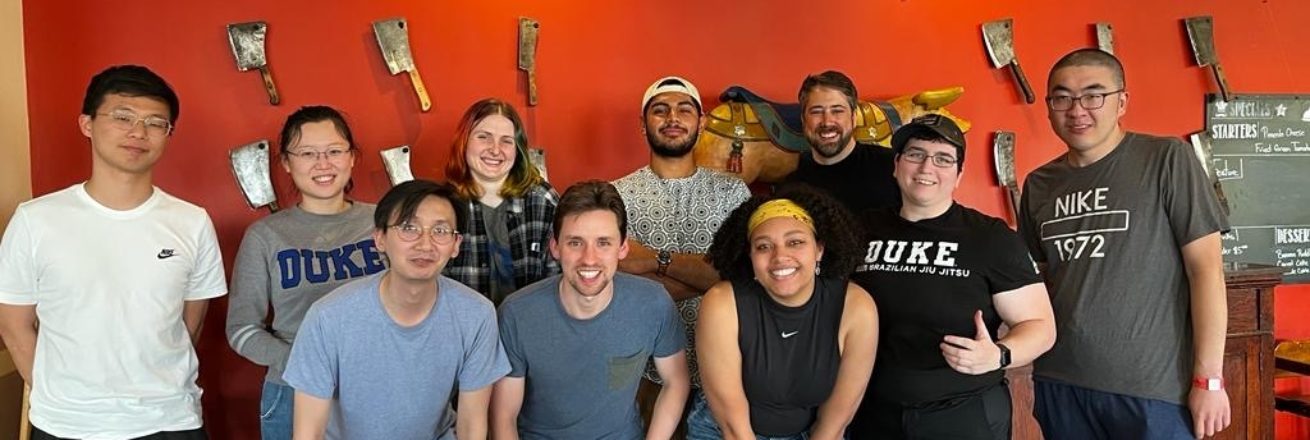COBWEBS tracks particles in complex environments
To date, active-feedback tracking has relied on the assumption of zero background, which makes the calculation of the particle location at high-speeds feasible. However, the assumption of zero or even constant background does not reflect real environments, where large changes in background can lead to tracking failure. To address this hurdle, grad student Stacey Niver has developed an algorithm to actively estimate both the particle brightness and local background in real time. Combined online Bayesian and windowed estimation of background and signal (COBWEBS) surpasses existing active-feedback localization methods in terms of tracking robustness in the presence of dramatic changes in local background signals. This algorithm will dramatically improve our ability to track rapidly moving particles in high background environments. Read about Stacey’s work in the Journal of Chemical Physics, online now!

